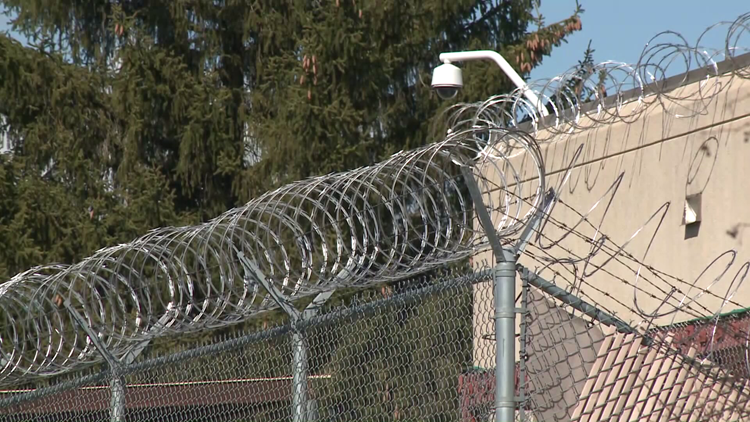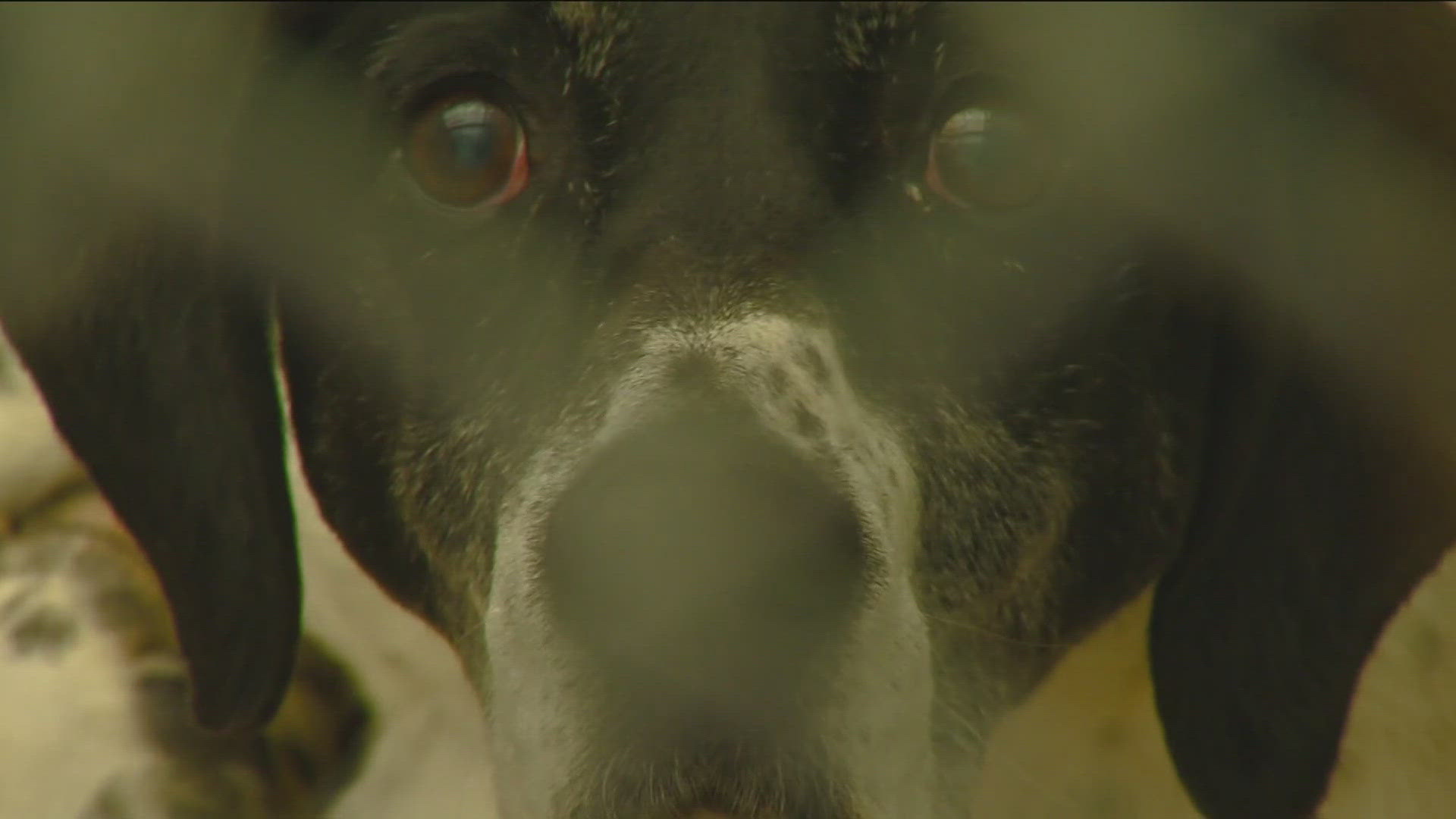KOOTENAI COUNTY, Idaho — A recent inspection by the Idaho Sheriff’s Association showed that the Kootenai County Jail is overcrowded and out of compliance with state standards, as reported by our news partners, the Coeur d'Alene Press.
If the issues aren’t resolved, it could mean higher insurance costs, county officials said.
The 450-bed jail was frequently overcapacity between September 2021 and April 2022, according to a letter from the Idaho Sheriff’s Association obtained by The Press.
Though the jail reportedly met all other state standards, noncompliance in any area could mean increased insurance costs. Jails certified by the Sheriff’s Association reportedly receive a discount on insurance through the Idaho Counties Risk Management Program.
“We’ve been shipping inmates out again,” said Capt. Andy Deak. “We don’t have the staff to monitor them in our jail.”
Some inmates are housed in Nez Perce County, as well as in Ferris County, Washington. But that hasn’t been enough to alleviate the crowded conditions.
When fully staffed, the jail’s functional capacity is around 380 inmates — about 80% of its total capacity. Deak said the jail has operated “well over” that ideal number for a long period.
“We’ve been at 90 or 95 percent for the last year and a half,” he said.
To address overcrowding, Kootenai County Sheriff Bob Norris wants to complete two pods at the jail that could house another 108 people.
“That would help us out significantly,” Norris said.
The “shells” of these pods were built during the last jail expansion in 2018 but remain unfinished.
The sheriff’s office requested $6 million — out of the county’s $32 million share of American Rescue Plan Act funds — to complete the jail expansion.
But rules set by the U.S. Treasury specifically prohibit using the COVID-19 rescue funds to expand jail capacity in response to an increased crime rate or a need for physical distancing.
Norris said he believes the pods can be completed in a cheaper fashion if they’re turned into “dorm-style” living spaces, rather than individual cells. The pods could then house low-risk inmates.
County leaders have considered letting the sheriff’s office ask voters for additional funding in the form of a permanent override levy, which could appear on the ballot in November.
Though Norris initially said he was open to a levy, he has since moved away from the idea.
“To put an additional burden on taxpayers is not something I’m interested in,” he said.
The inspection showed that while the jail is out of compliance with overcrowding, staffing is in compliance with state standards, with a minimum of 10 to 15 detention deputies on each shift.
Still, Norris maintained that staffing shortages at the jail have exacerbated issues with overcrowding. The ratio of inmates to detention deputies is too high, he said, and hiring remains a challenge.
“The commissioners have made efforts to try to improve pay and attract people,” Deak said. “But we’re having a hard time even getting people to apply.”
County commissioners recently raised the starting wage for detention deputies to $22.87 per hour.
To attract and retain staff, Norris said he wants to see that wage go as high as $26 an hour.
“In Kootenai County, $26 is barely a livable wage,” he said.
Norris said one option to address staffing shortages is to fill vacancies with former detention deputies, who have already been through the lengthy background check and training process and can begin working faster.
“We’re not taking anything off the table,” Norris said.
The Coeur d'Alene Press is a KREM 2 news partner. For more from our partners, click here.



